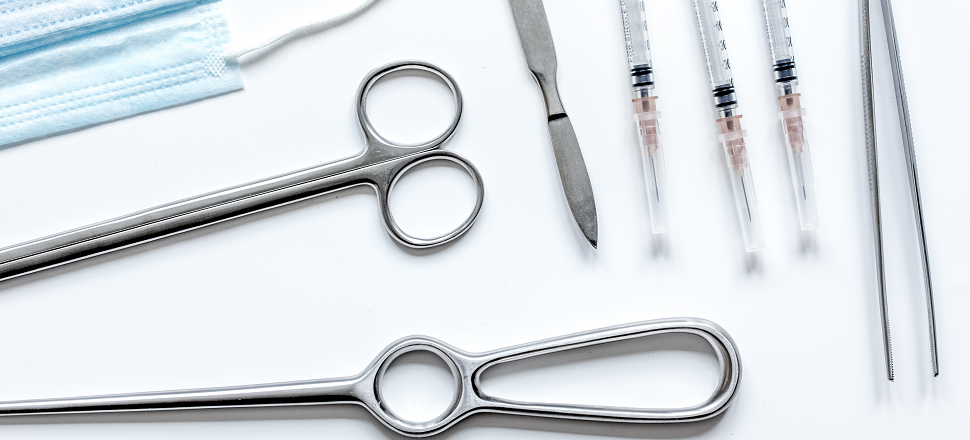Replacing band-aid wound solutions could save lives and millions in health system costs.
Band-aid solutions to chronic wounds are costing lives and limbs, and a simple solution could not only prevent those losses but cut billions in health system costs, AMA Vice President and GP Dr Danielle McMullen told a wounds conference this week.

Dr McMullen told the Wounds Australia 2022 conference in Sydney that people are dying prematurely and limbs are being amputated because the current system prevents some of the most vulnerable people in the country getting the right treatment at the right time.
“Chronic wound care is a poorly understood and under-funded public health issue, even though it affects around 450,000 Australians and costs $3 billion each year,” Dr McMullen said.
“A lack of awareness about the significance of chronic wounds means vulnerable patients — mostly older Australians, Aboriginal and Torres Strait Islander peoples, or patients with other chronic conditions — often suffer in silence and fall through the cracks in our health system.
“The AMA is proposing a national scheme to fund medical dressings for chronic wounds and new MBS items to cover the unmet costs of providing care for patients suffering chronic wounds.
“Our analysis shows investing just $23.4 million over four years to deliver best practice wound care for diabetic foot ulcers, arterial leg ulcers, and venous leg ulcers would save the health system more than $203 million.
“This is a no brainer. I don’t know of many investments where for every $1.00 you spend, the return is $8.36, but this is the case with evidence-based wound care.”
Dr McMullen said if implemented, the plan would also increase access to GPs with research showing new MBS items would free up around 148,000 general practitioner consultations in the first year and 162,000 consultations by the fourth year.
The AMA’s five-point solution
-
A Commonwealth-funded wound consumables scheme to subsidise the cost of dressings and other consumables provided in general practice for patients with chronic wounds.
-
The implementation of a stepped model of care for the management of chronic wounds, with improved access to other healthcare professionals involved in wound care to form GP-led healthcare teams.
-
Three new Medicare items to facilitate the stepped model of care, including a Medicare item to allow trained practices nurses, Aboriginal and Torres Strait Islander Health Practitioners or Aboriginal Health Workers to provide short-term treatment.
-
Implementation of a national education and training program on the prevention and management of chronic wounds, with access to the consumables scheme and extra Medicare support linked to completion of this education and training.
-
Improved coordination of wound care initiatives in the sector under a national program to reduce duplication of effort.
You can read our Solutions to the Chronic Wound Problem in Australia Report here.



